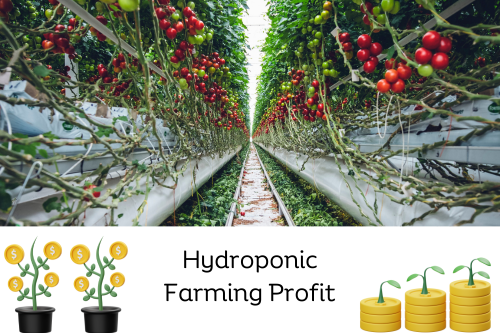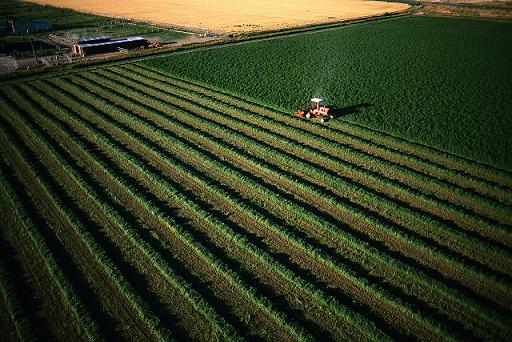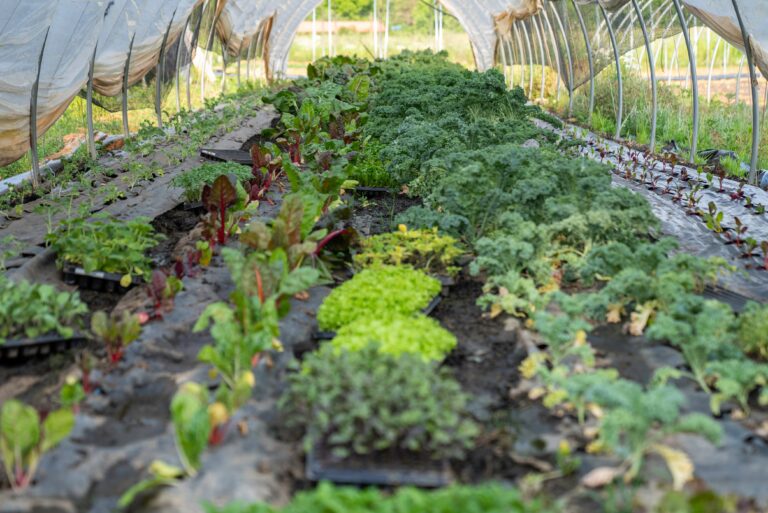Introduction
Hydroponic farming is a soilless farming method that uses a nutrient-rich water solution to grow plants. This method has gained popularity in recent years. Because of its potential to maximize yields, minimize resource usage, and reduce the carbon footprint of agriculture. In this article, we will explore the economics of hydroponic farming, including its costs, benefits, and profitability.

Costs of Hydroponic Farming
The economics of hydroponic farming have one major advantage: it enables individuals to practice urban agriculture in small spaces. However, the initial investment cost for hydroponic farming can be high. The scale and type of system depend on the cost of building a hydroponic farm. For example, you can build a simple, low-cost hydroponic system for a few hundred dollars.
The cost of equipment, such as pumps, lights, and timers, can also add up quickly. However, we must consider the cost of seeds, growing media, and nutrients. It is important to note that these costs can be offset by the potential for higher yields and lower resource usage compared to traditional farming methods.
Benefits of Hydroponic Farming
- One of the main benefits of hydroponic farming is the ability to grow plants in a controlled environment. This allows for precise control over factors such as light, temperature, and nutrient levels for faster growth and higher yields.
- Additionally, hydroponic farming uses significantly less water than traditional farming methods. Which makes it a more sustainable option in areas where water is scarce.
- It enables people to engage in year-round cultivation, irrespective of the weather conditions outside. This feature makes it a more reliable source of fresh produce, partly in urban areas where access to fresh produce can be limited.
Profitability of Hydroponic Farming
It depends on several factors, including the size of the operation, the types of crops being grown, and the market demand for those crops. In general, hydroponic farming has the potential to be highly profitable, particularly for crops that are high in demand, such as leafy greens, herbs, and tomatoes.
However, it is important to note that hydroponic farming is not a get-rich-quick scheme. It requires careful planning, diligent maintenance, and a thorough understanding of the market demand for the crops being grown. Additionally, the initial investment cost can be high, and it may take several years to recoup that investment.
Another factor that can impact the profitability of hydroponic farming is the cost of electricity. Hydroponic farms require a significant amount of electricity to power lighting, pumps, and other equipment. In areas where electricity is expensive, the cost of running a hydroponic farm can be high.
Learn more benefits and future of hydroponic farming and the potential for meeting global growth demand
Conclusion
The economics of hydroponic farming has the potential to revolutionize the agriculture industry by maximizing yields, minimizing resource usage, and reducing the carbon footprint of agriculture. While the initial investment cost can be high, the potential for higher yields and lower resource usage compared to traditional farming methods can make hydroponic farming a profitable venture. However, it is important to carefully consider the costs and benefits of hydroponic farming and to thoroughly understand the market demand for the crops being grown. With careful planning and diligent maintenance, hydroponic farming can be a sustainable and profitable option for farmers and urban growers alike.
For more Amazing and Unique information and Posts Visit our Home page... If you have any suggestions or information feel free to share with us ….






